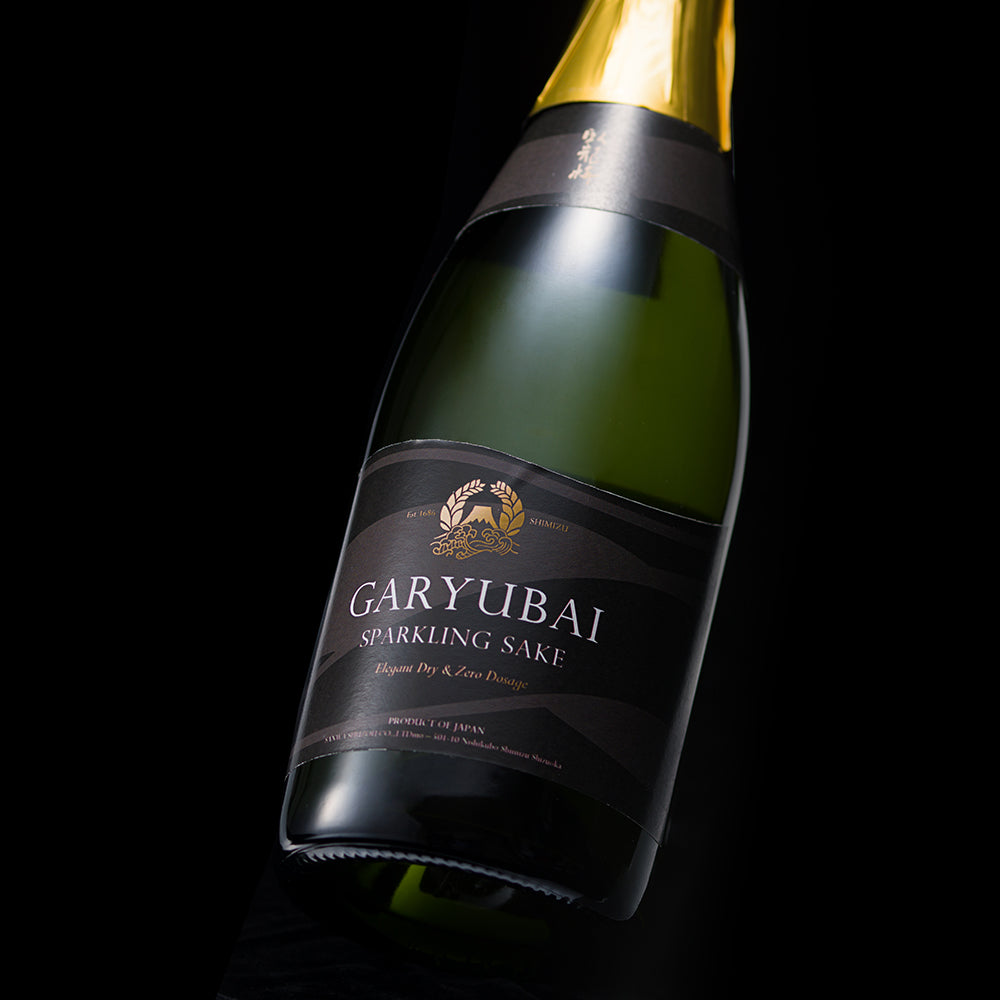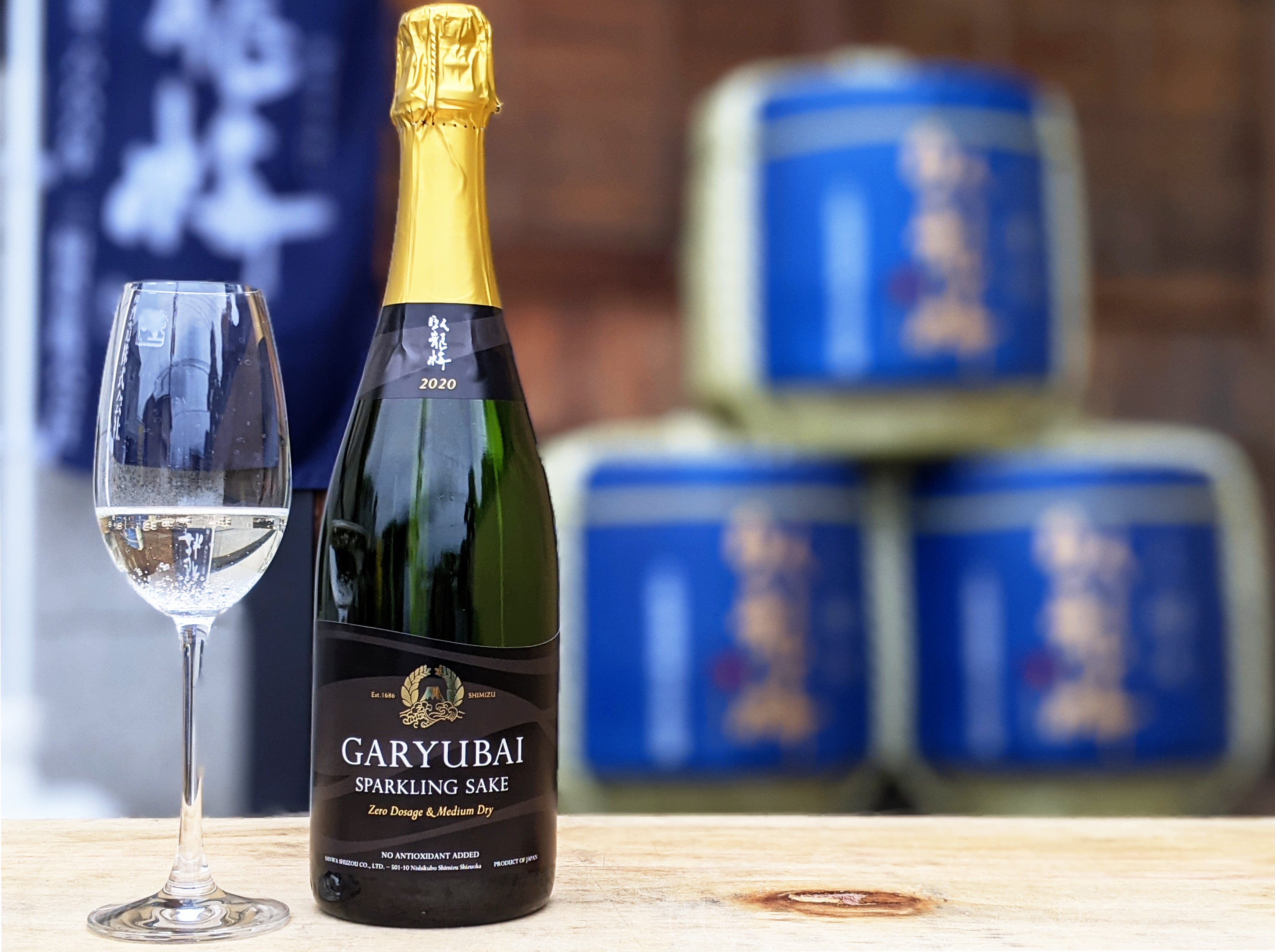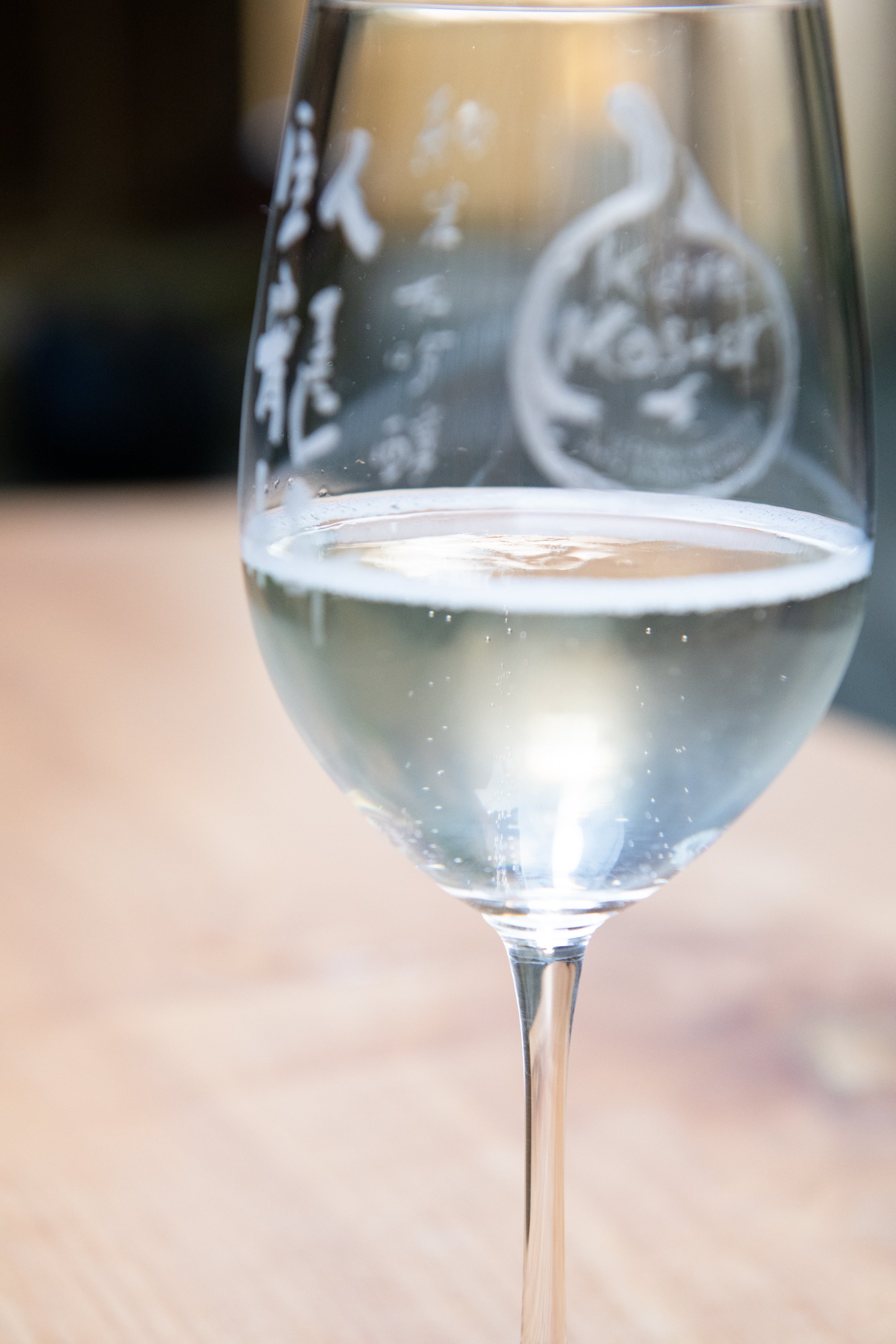-
 >
>
- Product list >
- GARYUBAI SPARKLING SAKE (720ml)
GARYUBAI SPARKLING SAKE (720ml)
詳しく見る
- *All prices shown are the product prices from the Japanpage:.
- *Product price can be shown in multiple currencies as reference values.
- *Payment should be made in Japanese yen.
- *After filling in delivery address, grand total (product price + shipping cost (packing + shipping + insurance) +tariffs & taxes) will be shown on the shipping cart page.
- *All prices shown are the product prices from the Japanpage:.
- *Product price can be shown in multiple currencies as reference values.
- *Payment should be made in Japanese yen.
- *After filling in delivery address, grand total (product price + shipping cost (packing + shipping + insurance) +tariffs & taxes) will be shown on the shipping cart page.
"Garyubai awa-sake Sparkling" is a sparkling sake made by removing sediment using the champagne method, a first for the "Garyubai". The water is taken from the Okitsu River (in the Shimizu region of Shizuoka, close to Mt. Fuji), famous for its clean water and sweetfish, and is then processed into ginjo sake by the masters of Nanbu Toji, professionals who have inherited the traditional sake brewing techniques, making 1.3 tons from 600 kilos of rice. The rice is all washed by hand, absorbs a limited amount of water, and is fermented at a low temperature over a period of more than 30 days. 14 years after the release of their sparkling sake with sediment, they refined the sake quality, and eventually created this sparkling sake without sediment made with the champagne method. The fragrance and flavor both pack a powerful punch, and you can enjoy the smooth, carbonated texture. It is carbonated to about the same level as champagne is, so champagne lovers will surely be able to enjoy this sake.
Pairing food proposed from Vendor
Raw oysters, cod poele
About "Garyubai"
"Garyubai", the flagship product of Sanwa sake brewery, a brewery established over 330 years ago, is based on unprocessed Junmai Ginjo and Junmai Daiginjo, inspired by the idea that "you shouldn't add or remove anything from high-quality sake," and created with the goal of creating a flavorful sake with a rich taste and fragrance. You can enjoy the variations in flavor and aroma created by the different types of rice and processing methods.
Recommended temperature
- Atsukan (50 - 55℃)
- Jokan (45 - 50℃)
- Nurukan (30 - 40℃)
- Room temperature (15 - 20℃)
- Hanabie (10℃)
- Yukibie (5℃)
Type


Tag
- International Wine Challenge (IWC)
- Sparkling sake (secondary fermentation)
- Bodaimoto
- Muroka (None)
- Genshu (None)
Appearance
-
Clarity
Transparency
Hazy
-
Colour
Colorless
Dark brown
-
Intensity
Water
Deep
Nose characteristics
-
Intensity
Low
Strong
Taste characteristics
-
Light / Body
Light
Body
-
Sweet / Dry
Sweet
Dry
-
Simple / Complexity
Simple
Complexity
-
Acidity
Low
High
-
Umami
Low
High
-
Finish
Low finish
Long finish
Aroma and flavor
Apple、Pear
Detailed information
| Volume | 720ml |
|---|---|
| Size (L W H) | 8.5 x 8.5 x 32.0 cm |
| Weight | 1.7kg |
| Ingredients | Rice, Rice koji, Water |
| Region | Shizuoka |
| Alcohol content | 13%vol. |
|
Sake Meter Value
|
- |
|
Acid level
|
- |
|
Polishing ratio
|
- |










